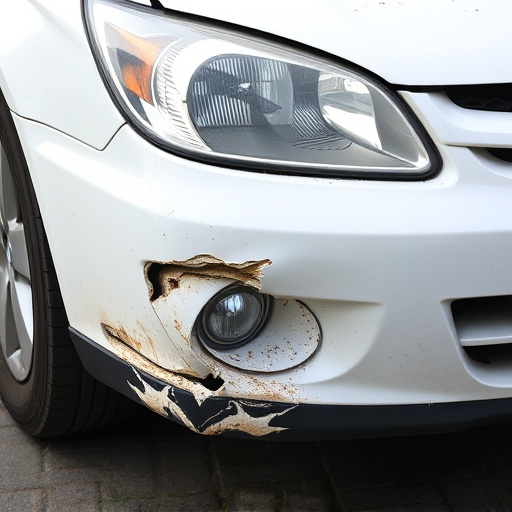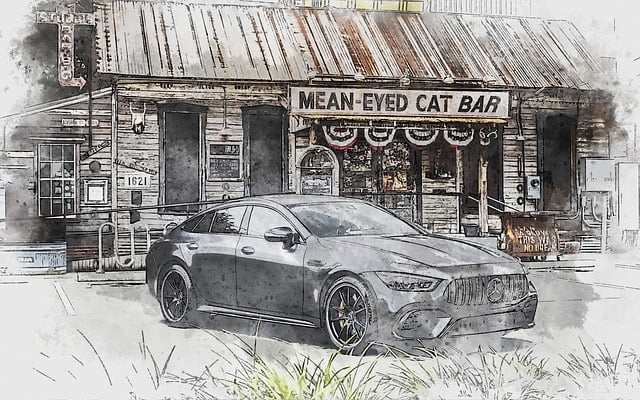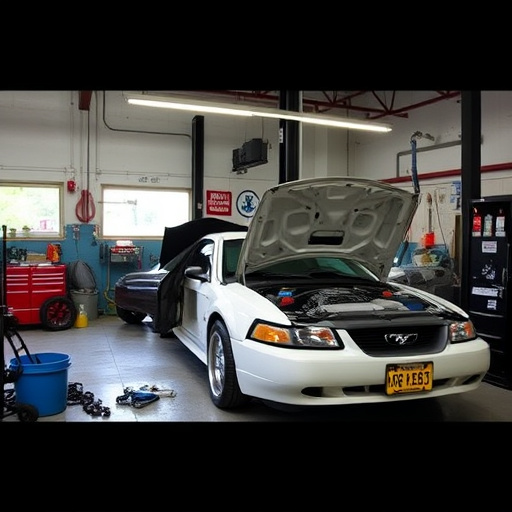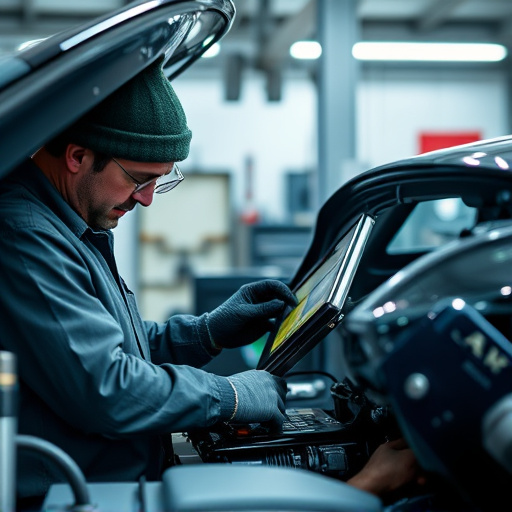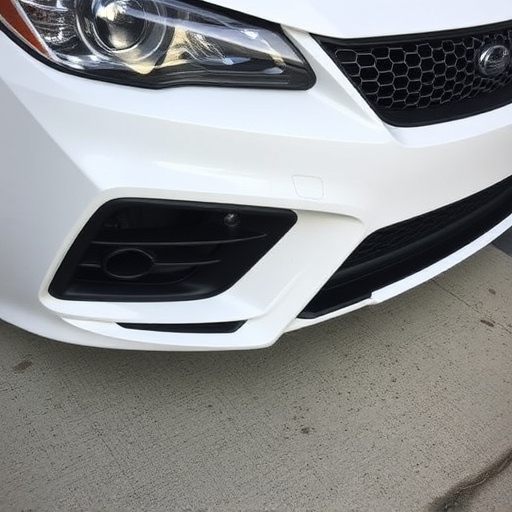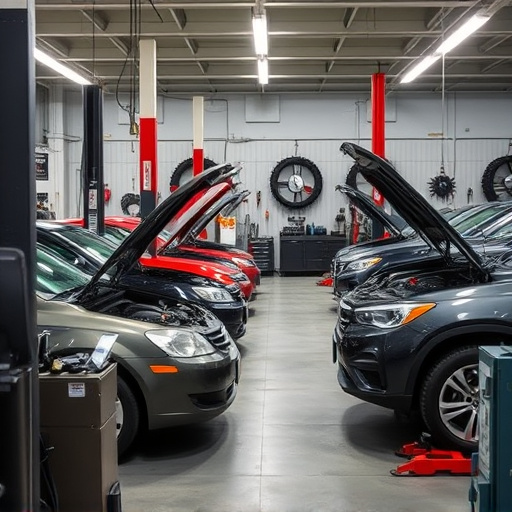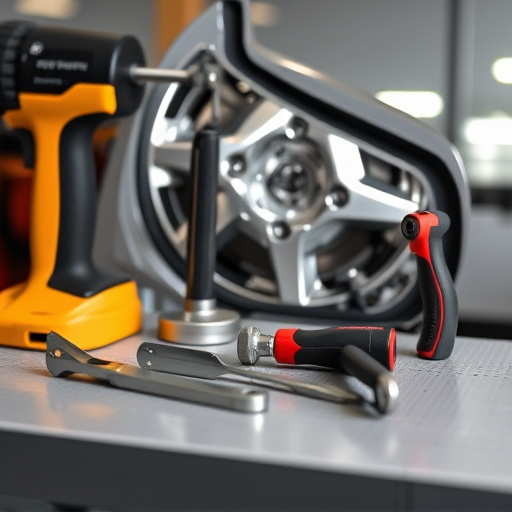Panel beating, an ancient craft vital to automotive restoration, involves shaping metal sheets for precise, aesthetically pleasing results. Skilled technicians use diverse techniques and tools tailored to various metals like steel and aluminium, ensuring seamless joints and accurate dimensions. The art demands a deep understanding of material properties for superior auto glass repair and restoration outcomes. Techniques vary based on metal type, with aluminium requiring softer hammering and precision instruments, while steel necessitates more aggressive beating. Flawless panel beating requires skill, precision, clean surfaces, high-quality tools, regular equipment maintenance, safety protocols, and meticulous detail to avoid errors.
“Unleash your creativity and precision with an in-depth look at panel beating—a craft that transforms metal into art. This comprehensive guide explores the intricate world of panel beating techniques tailored for diverse metal types, from aluminum to steel. Discover expert strategies and best practices to achieve flawless results, ensuring every bend and crease adds character to your projects. Whether a seasoned professional or an aspiring enthusiast, this article equips you with the knowledge to master various panel beating approaches.”
- Understanding Panel Beating: A Comprehensive Overview
- Techniques for Beating Different Metal Types Effectively
- Best Practices and Tips for Achieving Flawless Results
Understanding Panel Beating: A Comprehensive Overview
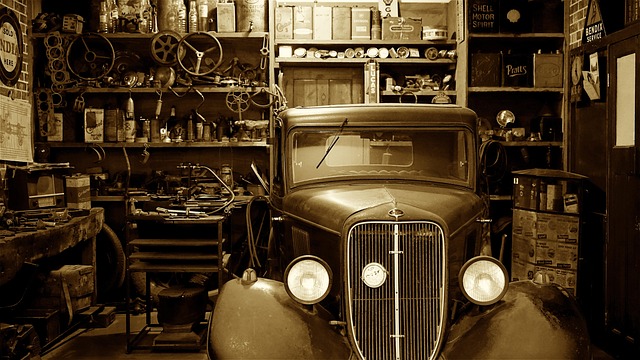
Panel beating is a specialized craft that involves shaping and forming metal sheets to create precise and aesthetically pleasing results. It’s an essential skill in the automotive industry, particularly for car body repair and restoration. This ancient technique has evolved over time, becoming more sophisticated with advancements in technology and materials. At its core, panel beating focuses on manipulating metal panels to achieve seamless joints, smooth surfaces, and accurate dimensions, ensuring vehicles look as good as new or better.
In a vehicle body shop, panel beaters use a range of tools and techniques tailored to different metal types. From gentle hammering and bending to more intensive processes like rolling and shearing, each method is carefully chosen based on the specific requirements of the car body repair. Whether working with steel, aluminium, or even rare metals, understanding the unique properties and behaviors of each material is crucial for achieving high-quality results in auto glass repair and beyond.
Techniques for Beating Different Metal Types Effectively

When it comes to panel beating, different metal types require tailored techniques for effective results. For instance, aluminium is known for its malleability, making it easier to shape and repair, while steel’s durability demands a more precise approach. Understanding these nuances is key to achieving top-notch fender repair or frame straightening in a body shop setting.
Specialised tools and knowledge are essential for each metal type. For aluminium, panel beaters often use softer hammering techniques and precision instruments to avoid damage. In contrast, steel may require more aggressive beating to realign panels, calling for heavier tools and expertise in managing the metal’s strength. Effective panel beating involves a balance of force and finesse, tailored to the specific needs of each metal, ensuring top-quality body shop services.
Best Practices and Tips for Achieving Flawless Results

Achieving flawless results in panel beating requires a combination of skill, precision, and best practices. When working on car body repair or car restoration projects involving car bodywork, it’s essential to start with clean, prepared surfaces. This includes removing any dirt, grease, or old paint that could impair adhesion during the patching or panel replacement process.
For optimal results, use high-quality tools and materials suited to the specific metal type. Regularly maintain your equipment to ensure smooth operation, and follow safety guidelines to prevent accidents. In terms of techniques, use a combination of hammering, clamping, and specialized tools for intricate work. Practice patience and attention to detail; even minor errors can impact the final aesthetic. Remember that panel beating is an art, and achieving flawless results takes time and dedication, whether you’re working on car bodywork or other metal fabrication projects.
Panel beating, an art as old as metalworking itself, demands a deep understanding of various metal types and their unique properties. By mastering different techniques for each material, from aluminium to steel, professionals can achieve flawless results. This article has provided an in-depth look at the process, offering valuable insights into best practices and tips. Now, armed with this knowledge, enthusiasts and professionals alike can confidently tackle any panel beating project, ensuring top-quality craftsmanship and exceptional outcomes.



